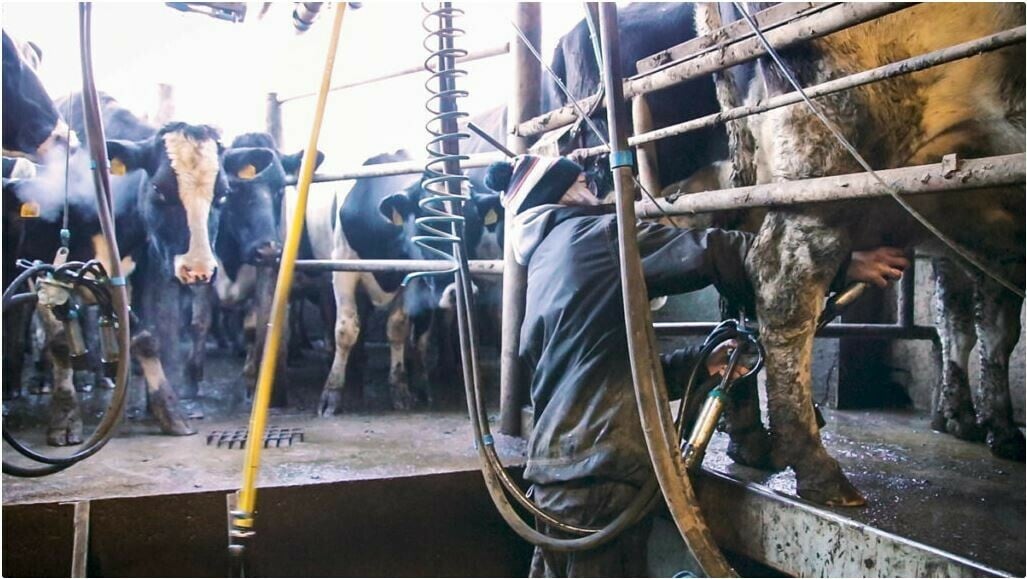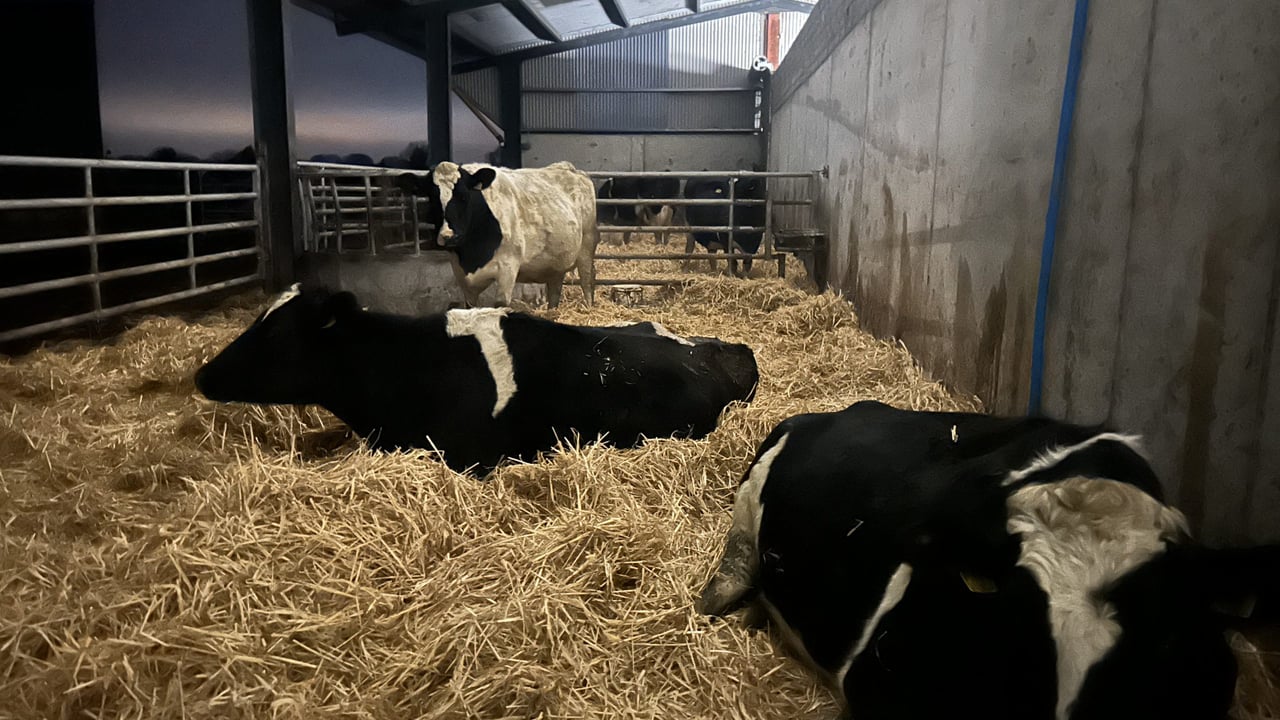Reducing pressure & finishing the day reasonably early this spring
Reducing pressure and finishing up the day at a reasonable time during the spring can be tough, but as the calving season approaches, farmers need to explore their options for reducing the workload.
The spring calving season can be tough on farmers as it usually involves long working hours, up in the middle of the night with little rest.
The calving period accounts for a third of annual labour input on dairy farms and any time that can be saved during this period is crucial to alleviate pressure on the farmer, family members or staff working on the farm.
100 dairy farmers involved with the Teagasc/Aurivo joint programme recorded their working hours, time savers and challenges encountered during spring 2023 and 2024 with the results as follows:
| Feb/March 2023 | Feb/March 2024 | ||
|---|---|---|---|
| Average (n=47) | Average (n=53) | Top 25% (n=13) | |
| Time you left the house every morning | 6:27a.m | 6:34a.m | 6:24a.m |
| Start time of evening milking (cups on) | 4:29p.m | 4:18p.m | 3:43p.m |
| Daily PM finish time | 7:15p.m | 6:55p.m | 5:49p.m |
| Hours worked per week (excl night checks) | 72 | 74 | 63 |
From the programme, the average farmer started at 6:34a.m and finished up at 6:55p.m, adding up to an average of 74 hours worked per week.
The top 25% started 10 minutes earlier in the morning but were able to finish up almost an hour earlier in the evening.
From the 100 farms, much of the difference in working hours was due to farmers starting milking earlier in the evening.
However, turning the milking parlour on at 3:30p.m is not going to automatically reduce the workload - farmers were able to start earlier as they had improved five key actions to reduce the workload in spring, as follows:
In the programme, building a good reputation with calf buyers was seen as crucial and the sale of calves was seen as the biggest time saver for the farmers.
Good calf health management and colostrum feeding was also a huge time saver with the use of a refractometer cited as being very important for giving calves the best start, ensuring the quality of colostrum they are receiving is adequate.
Storing this colostrum was seen as crucial with recommendations to put the colostrum into zip bags for easy thawing and ensuring there is a fridge out by the calves.
A number of farmers felt automatic feeders were a huge time saver and good facilities with sufficient bedding and a good vaccination strategy.
A lack of help was a serious issue on farms with some farmers leaving themselves short-handed through no fault of their own, but they were not set-up to expect the unexpected in terms their employee obtaining illness, injury or being unsuitable.

The unpredictability of the weather was highlighted and farmers said that planning to mitigate its impact saved a lot of bother.
Having good roadways, adequate help and high-quality silage were seen as key tools for operating under poor weather conditions.
Surplus silage to reduce stress, housing cows during heavy rain and regularly walking the ground to analyse conditions and to make decisions were key managing cows during poor weather.
To reduce any metabolic issues or any difficult calving, good dry cow management was seen as key to prevent illness.
This started with testing silage and monitoring body condition score (BCS) regularly to ensure cows calve in good condition - restricting overly fat cows silage was critical to this.
Other measures that were seen as essential in reducing workload in terms of animal health were cleaning cubicles twice-a-day, California mil testing (CMT) post calving and using adequate teat dip.
Having a colostrum group will make milking easier, allow for the treatment and recovery of any sick animals, and give freshly-calved cows a chance to settle in.
Having a good system in place in terms of colour coding cows each morning was a great way of giving the farmer assurance and making sure no colostrum or antibiotics were going into the bulk tank.
Another point made was the necessity of having a to-do list each day, writing them down and making sure they were done for your own use and for the employees' use.





